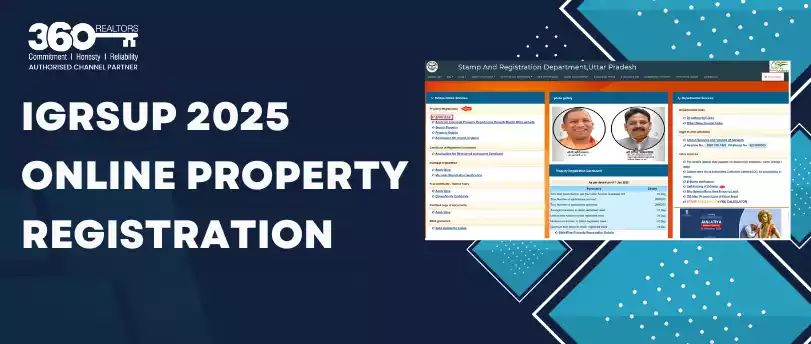The lending rates of the economy are still on the higher side as the Reserve Bank of India (RBI) cut the repo rate by 0.25 percent on Monday in its monthly Monetary Policy Statement for 2019-20. It reduced the rate from 5.40 percent to 5.15 percent. As most banks have to opt for an external benchmark now, they are offering mostly car loans and home loans from the 1st of October as per the repo rate set by RBI. It will vary from bank to bank whether they will choose it to be their external benchmark and is being called Repo Linked Lending Rate (RLLR). So, if a borrower goes to these banks, they will be offered an RLLR home loan.
The External Benchmark (EBR) for SBI is 8.05 percent. The SBI EBR is 2.65 percent plus repo rate, which is why the existing home loans will be higher depending on loan to loan ratio, profession, loan amount, gender, and risk group.
So, if we talk about the impact of a one percent fall in the home loan interest rate, there is a decent fall. Let’s say if a person takes a loan of Rs. 40 lakhs for 15 years, the EMI comes to Rs. 41,168, but with the one percent fall in the rate, the EMI falls to Rs.38,806, which is a difference of Rs. 2,362 per month. In totality, the burden of interest falls to nearly Rs. 4.25 lakhs over 15 years, which is humongous savings!
Previously, there was a 35 basis points reduction in the repo rate; this is the fifth rate cut which leads to an aggregate reduction of 135 basis points so far. The post office rates have interestingly been unchanged so far while the interest rate on EPF was approved and to be set at 8.65 percent by the Ministry of Labour. The fixed deposit interest rates are yet to come down. The next policy meet will take place in December 2019.
The RBI has recently changed rules for better transmission of repo rates. Banks have been asked not to lend at their internal benchmarks or at the Marginal Cost of Funds based Lending Rate (MCLR) at an interest rate similar to the repo rates. Most banks have to revise their repo rates for external benchmarks at least once in three months, which is expected so that the borrowers get a faster transmission of repo rate cuts. Therefore, the borrowers can expect a speedier revision in their EMIs when the repo rates are revised.
The EMIs are also directly proportional to the repo rates, i.e., if the repo rates go up, the EMIs will increase and vice-versa. While keeping the EMIs constant, the banks can also reduce or heighten the tenure of the loan. For those on MCLR, they can be allowed to switch to repo by the banks at a cost. The transmission of the repo rate cut is faster in MCLR rather than RLLR, and any upturn can hurt the borrowers quicker than before.






